Baton Rouge Grease Trap Cleaning and Cooking Oil Recycling
FAQs
We have created a FAQs page in order to answer some of the more Frequently Asked Questions asked by customers.
We are local to the area and take great pride in our work. We've cleaned thousands of grease traps over the years, and are certified by governing municipalities to clean and inspect grease traps in the greater Baton Rouge area.
Yes, Baton Rouge Grease Trap Cleaning services should be booked prior to an emergency. Waiting until you have an emergency can be costly and can also cause other plumbing related issues. (But we do offer emergency services, so it's really up to you.)
Yes we offer recurring services. We also NEVER force customers into a contract. We understand each customer has unique grease trap cleaning needs and we work with each customer to schedule a cleaning frequency, time, and date that works best for you.
The price for a Baton Rouge Grease Trap Cleaning service is based upon the size of the grease trap or grease interceptor being pumped. Grease traps can range in size from 5 gallons up to many thousands of gallons, and we charge accordingly to the amount of waste we remove. We always charge a flat service fee of $125 plus $0.50 per gallon of waste removed.
At Baton Rouge Grease Trap Cleaning we accept all forms of payment including cash, check, money order, ACH bank debit, and all major credit and debit cards.
Absolutely. Containment, collection, and recycling services related to used cooking oil and yellow grease are completely free of charge. For many of our customers we PAY for each gallon of used cooking oil collected.
Customers can easily schedule a Baton Rouge Grease Trap Cleaning and Cooking Oil Recycling service online via our website, by calling (225)228-1363, or by way of email to mike@batonrougegreasetrapcleaning.com.
An average service to clean a grease trap or grease interceptor is about 45-60 minutes, depending on hose length and the condition of the trap and clean-outs.
Yes. We are available 24/7 for emergency grease trap cleaning and used cooking oil recycling services. Additional fees are applied to emergency services.
100% FREE, and we pay most of our customers for quality used cooking oil.
At minimum a grease trap should be serviced every 90 days. With that being said, we have some customers we clean weekly and others that we clean annually. It really depends on customer needs.

Got More Questions
For Us?
If you have a specific question that we haven’t answered, please feel free to call direct at

